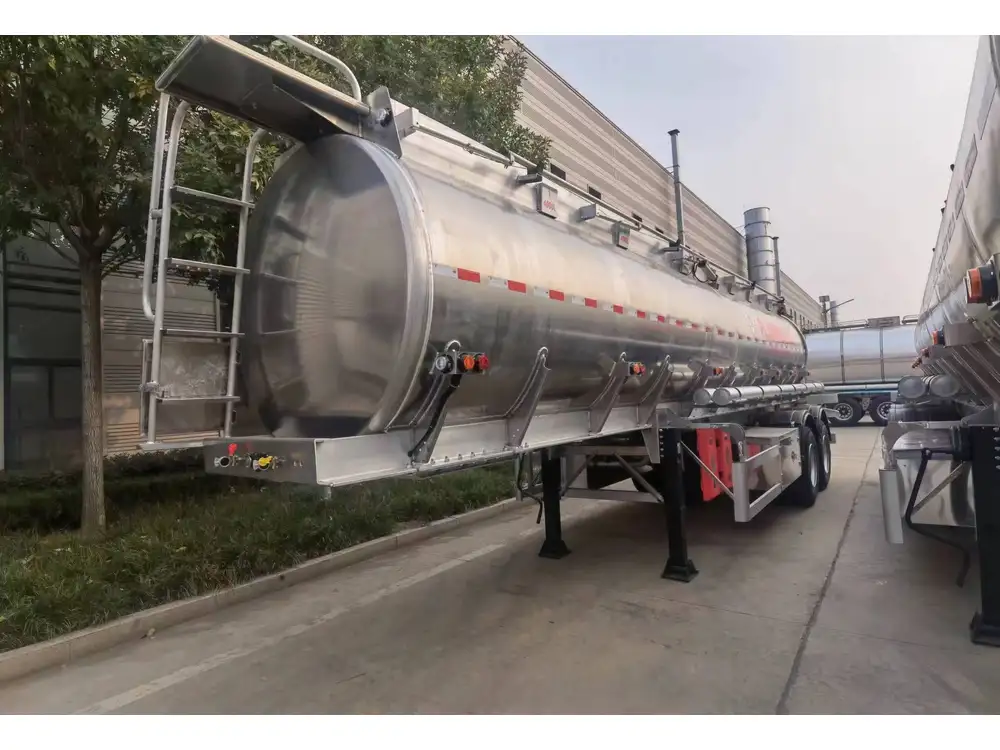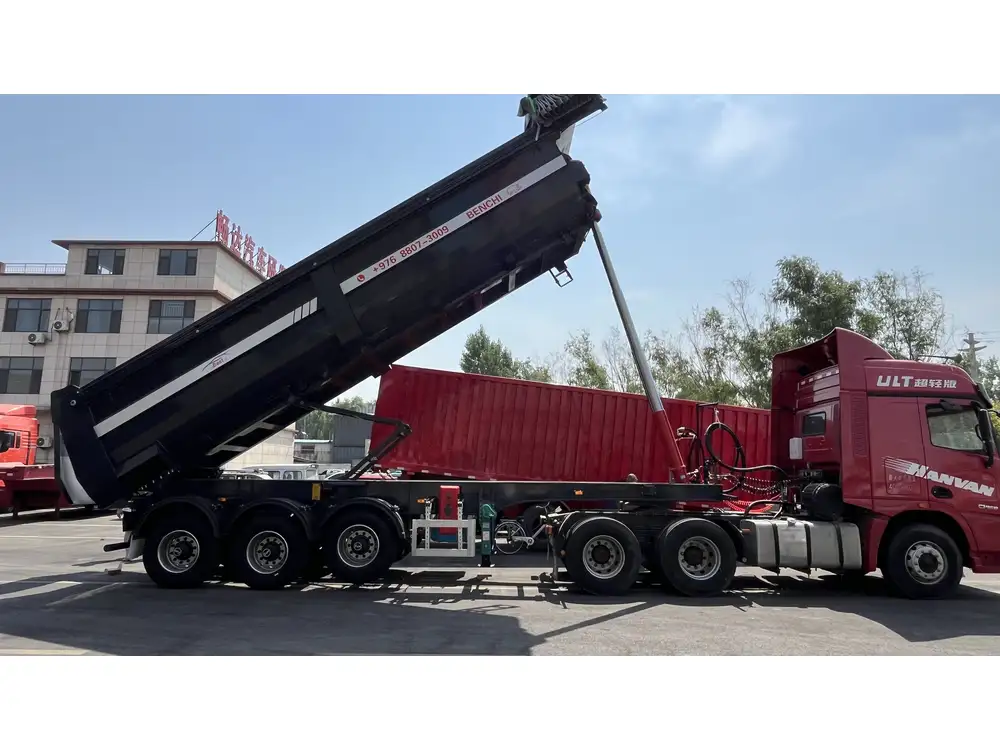Navigating the intricate world of transportation regulations and specifications is crucial for manufacturers, operators, and truck drivers. One primary consideration in this landscape is the maximum height allowed for semi-trailers. Such parameters are vital to compliance with federal, state, and local regulations. In this article, we shall explore the maximum height limits for semi-trailers, the factors influencing these regulations, and practical insights to ensure you remain within the prescribed boundaries.
What Defines a Semi-Trailer?
Before diving into height specifics, it is essential to clarify what a semi-trailer is. A semi-trailer is a trailer designed to be towed by a tractor unit, characterized by its reliance on the tractor for support. Unlike a full trailer, which carries its weight, semi-trailers transfer part of their weight directly onto the towing vehicle, resulting in enhanced stability and maneuverability.
Maximum Height Regulations Overview

Federal Height Standards
The federal government stipulates that the maximum height for a semi-trailer is typically 13 feet 6 inches (4.15 meters). This height includes all components of the trailer, including cargo. Compliance with this height is crucial as most states adhere to this federal guideline to prevent traffic hazards and damage to infrastructure, such as bridges and overpasses.
| Regulation Body | Maximum Height |
|---|---|
| Federal Government | 13′ 6″ (4.15m) |
| Common State Acceptances | 13′ 6″ (4.15m) |
State-Specific Height Limits
While the federal guideline serves as a baseline, many states have specific variations and additional regulations that may alter the maximum height permissible for semi-trailers. Here are examples of common state variations:
| State | Maximum Height | Notes |
|---|---|---|
| California | 14′ 0″ (4.27m) | Applies in specific zones and for specific vehicles. |
| Texas | 13′ 6″ (4.15m) | Consistent with federal standards. |
| New York | 13′ 6″ (4.15m) | Notable for many overpasses requiring height waivers. |
Each state may have unique considerations, so it is imperative to investigate local laws pertaining to height limitations.
Key Factors Influencing Height Regulations
Multiple factors influence the maximum height regulations for semi-trailers. Understanding these can provide deeper insights into why these limits exist.

1. Infrastructure Limitations
Roadways, bridges, and overpasses are designed with height restrictions for safety and structural integrity. The primary concern is that vehicles exceeding height limitations may collide with structures, causing accidents or severe damage.
2. Vehicle Stability and Safety
Taller trailers have a higher center of gravity, which can compromise vehicle stability. Manufacturers must consider this when designing trailers to ensure they remain safely transportable across various terrains and conditions.
3. Load Distribution
Proper load distribution is vital for maintaining vehicle performance. Trailers that exceed height limits may lead to uneven weight distribution, increasing the risk of tipping and accidents.

Cargo Considerations
Loading Techniques for Compliance
To remain within legal height limits, operators must implement strategic loading techniques that account for both the trailer and cargo dimensions:
- Dimension Control: Before loading, measure both the semi-trailer and expected cargo height.
- Flexibility in Cargo Options: Use adjustable racks or scaffolding to optimize the space within the height limits.
- Load Compressive Materials: Employ lightweight yet strong materials that occupy lesser height.
Overheight Loads
When transporting cargo that exceeds the maximum height limit, obtain special permits from respective authorities. These permits often require route planning to ensure the safe passage of overheight loads.

Equipment & Custom Solutions
Height-Adjustable Trailers
In response to height limitations, manufacturers have developed height-adjustable semi-trailers. These mechanisms enable operators to adjust the trailer’s height according to specific loading conditions or regulatory demands, providing greater flexibility.
Low-Profile Trailers
Low-profile semi-trailers feature a lower deck that reduces the overall height of the loaded vehicle. This is particularly beneficial in regions with strict height restrictions or when transporting specialized cargo.

Professional Consultation
Consulting with professional load planners or transportation experts can significantly aid in ensuring compliance with local height regulations. Their insights can enhance operational efficiency while remaining legal.
Consequences of Violating Height Regulations
Non-compliance with height regulations can lead to severe penalties and consequences. Here are key repercussions:
- Fines and Citations: Authorities can impose substantial fines for hauling overheight loads without proper permits.
- Safety Hazards: Overheight vehicles pose significant risks, potentially leading to accidents, injuries, or fatalities.
- Increased Insurance Costs: Violating transport regulations often results in higher insurance premiums.
- Legal Liability: In the event of an accident due to a height violation, the operator and the company could be held liable for damages or injuries.
Conclusion: Staying Within the Lines for Safety
Understanding and adhering to the maximum height of semi-trailers is not merely about compliance; it is integral to safety, efficiency, and operational success in the logistics industry. With the appropriate knowledge of height regulations, understanding of loading techniques, and utilization of adaptive equipment, stakeholders can navigate this complex terrain effectively.
- Regular Training: Ensure that drivers and logistics coordinators are well-trained on height regulations.
- Route Planning: Regularly consult the latest maps and infrastructure updates to ensure your route is compliant.
- Checklists: Develop a comprehensive checklist for loading and transporting to ensure all regulations are observed.
By prioritizing compliance and embracing innovative solutions, we forge a path toward safer, more efficient transportation practices. Whether you’re a manufacturer, operator, or logistic contractor, staying informed and proactive can mean the difference between navigating smoothly through regulations and facing potential roadblocks that could impede your operations.



